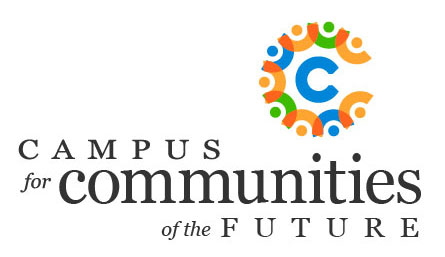Our systems are breaking down.
This is especially evident when it comes to public spending.
As the government financial year-end of March 31st approaches, there is often a flurry of activity as employees scurry to spend everything within their budgets to avoid having to return the dollars to their central treasury and risk being criticized for inaccurate estimates, or, in a worst case scenario, having next year’s allocations reduced.
Additionally, elected officials and staff are faced with growing demands and budget woes leading to painful cuts in public services and infrastructure that too often impact our most vulnerable.
As the scenario is played out, community members are typically excluded from the decision-making.
 Of course, it’s not fair to blame elected officials and those who work for government. I work with many who are stellar people.
Of course, it’s not fair to blame elected officials and those who work for government. I work with many who are stellar people.Unfortunately, they are too often trapped in bad systems.
The good news is that a new system for government spending is gradually making its way from its roots in South America to communities across North America.
It’s called Participatory Budgeting or PB.
What is PB? PB is an alternative and more democratic way to manage public money.
Originating in 1989 in the Brazilian City of Porto Alegre for their municipal budget, there are now over 1,500 participatory budgets around the world. Most are for local government budgets, but counties, towns, housing authorities, schools, universities, and other institutions are using PB to ensure ordinary people have a real say; to promote more transparency, accountability, and more effective decisions that address the greatest needs; and to encourage and engage more citizens to work alongside government in seeking and implementing innovative solutions.
In Porto Alegre, as many as 50,000 people have participated each year to decide as much as 20% of the city budget. Since 1989, PB has spread to over 1,500 cities in Latin America, North America, Asia, Africa, and Europe. In the US and Canada, PB has been used in Toronto, Montreal, Guelph, Chicago, and New York City.
PB usually starts as a pilot project with a small budget of “discretionary funds” — meaning money that is at the discretion of officials or staff and not set aside for fixed or essential expenses.
While this is often a small part of the overall budget, it is a big part of the funds that are available and up for debate each year. Some communities are also using PB to allocate funding provided by foundations, community organizations, and fundraising efforts.
According to the PB website each experience is different, but typically follows a similar basic process.
Residents generate values and priorities, brainstorm spending ideas, volunteer delegates develop proposals based on these ideas, residents vote on proposals, and the government implements the top projects.
While seemingly simple to implement on a pilot basis, PB will require leadership support from both the grasstops and grassroots of our communities.
As with a lot of change, the shifts in power will make many people nervous. As a result, it will have to be viewed as helping elected officials and senior staff to do their job better.
Creating a new system in democracy is never easy. It will require extensive planning to design a sound process of communication, outreach, and the solid facilitation that will generate community buy-in.
Perhaps the best idea is to simply think of it as a pilot project. Somehow that seems to make it clear that we have nothing to lose and everything to gain by trying something new.



